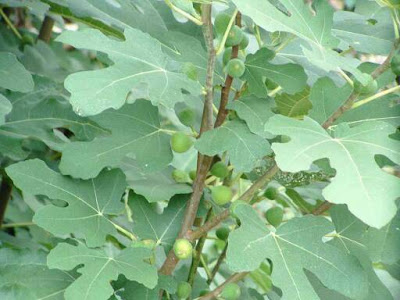

Since there isn't much going on here during our sweltering summer days I've decided to profile various species of plants and animal that do well in this hot, arid climate.
First up: Navajo Churro Sheep.
Navajo Churro sheep, or Churro for short, were brought to the Americas during the early and mid 1500s by the Spanish.
Unlike many other species of livestock brought over, they thrived. They did run into a little trouble, there numbers dropping down to around 500 and those were on reservations. There are making a comeback thankfully, because these strong, resilient sheep are a genetic asset.
They do very well in dry hot climates making them suitable for the southwest region of the U.S. While most sheep are grazers, Navajo Churro sheep will also browse on shrubbery and dry weeds ( sort of like goats!). I've read that they can survive on just about anything.
They are lean and long legged with light bones. They have two types of wool: an outer layer that slicks away moisture and dust, bugs and a thicker undercoat close the the body. They Have approximately 14 color variations. They can Have 2-4 horns or no horns at all. Some people say they look like a bunch of different sheep breeds stuck together.
They are a smallerdual purpose meat breed sheep who also produce a decent wool. The wool quality is what made this breed so important to the American Indians in the U.S and Mexico as they used textiles/weaving for trade.
While they don't produce anywhere near the amount of milk as a milk breed sheep, they can be milked. Supposedly sheep milk is awesome for cheeses. It makes me wonder what mixing goat milk and sheep milk would do! I've read of people crossing Navajo Churro sheep with friesian milk sheep ( one of the two most popular milk sheep breeds in the US) to increase the milk yield of the Navajo Churro.
I think I Have a crush on this breed.
Published with Blogger-droid v1.6.5








